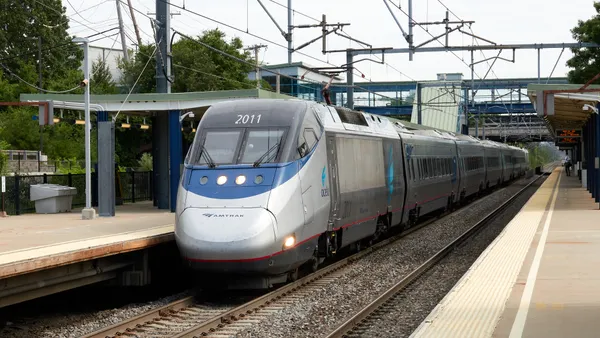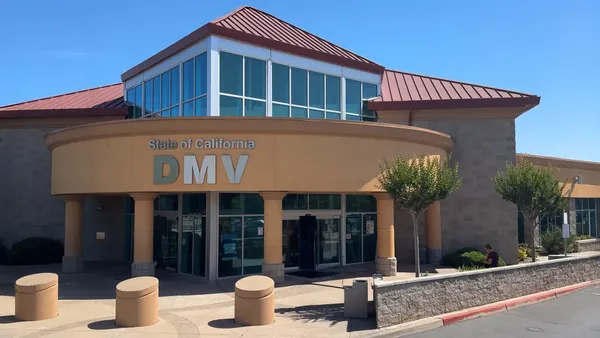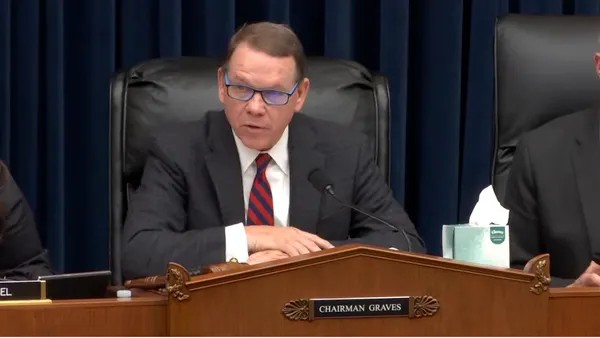Dive Brief:
- The Federal Aviation Administration has struggled to set certification procedures for electric vertical takeoff and landing aircraft, delaying rulemaking and hindering certification, according to a June 21 report from the U.S. Department of Transportation’s Office of Inspector General.
- Designed to serve as air taxis in urban areas, eVTOL aircraft do not fit neatly into existing regulatory standards, “leading to significant internal debates” on how to proceed, the report states.
- Progress in the developing industry could be further hindered by a continued lack of effective coordination, communication, timely decision making and established policies, it states.
Dive Insight:
EVTOL and other advanced air mobility technologies could offer benefits such as faster commutes and transform the way people move within and between cities, the report says.
Six companies are working through the certification process for eVTOL aircraft, with two routes expected to see commercial flights starting in 2025. However, these aircraft differ from traditional small aircraft, and they do not fit neatly into existing FAA categories such as airplanes and helicopters. As a result, they require “new airworthiness requirements and additional scrutiny during the certification process,” the report says.
From 2018 to 2022, the FAA debated how to apply existing aircraft definitions. Then in April 2022, the FAA told the industry that it would certify these new fixed-wing technologies as powered-lift, special-class aircraft, a change that surprised eVTOL developers. They had expected the FAA to classify the aircraft as airplanes based on previous communication from the agency’s executives, according to the report.
In response to the DOT inspector general’s report, an FAA official said the agency “disagrees with [the office’s] characterization of internal discussions about a certification pathway” for these urban air mobility projects but agrees with the inspector general’s recommendations. The recommendations include speeding up rulemaking projects, improving internal communication and decision-making and clarifying the role of its specialized office within the agency’s aircraft certification service. The FAA said it is addressing those issues.











